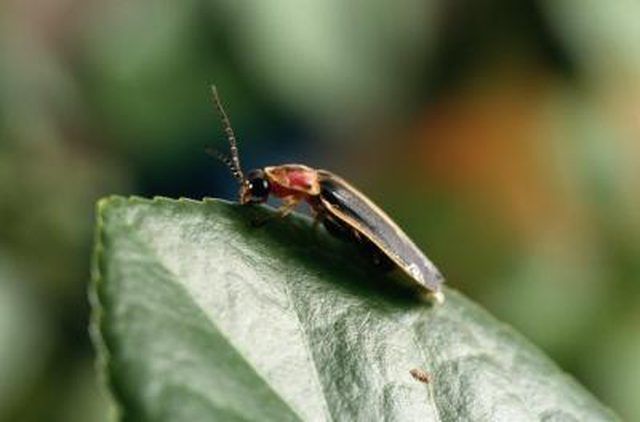Bulbs
Flower Basics
Flower Beds & Specialty Gardens
Flower Garden
Garden Furniture
Garden Gnomes
Garden Seeds
Garden Sheds
Garden Statues
Garden Tools & Supplies
Gardening Basics
Green & Organic
Groundcovers & Vines
Growing Annuals
Growing Basil
Growing Beans
Growing Berries
Growing Blueberries
Growing Cactus
Growing Corn
Growing Cotton
Growing Edibles
Growing Flowers
Growing Garlic
Growing Grapes
Growing Grass
Growing Herbs
Growing Jasmine
Growing Mint
Growing Mushrooms
Orchids
Growing Peanuts
Growing Perennials
Growing Plants
Growing Rosemary
Growing Roses
Growing Strawberries
Growing Sunflowers
Growing Thyme
Growing Tomatoes
Growing Tulips
Growing Vegetables
Herb Basics
Herb Garden
Indoor Growing
Landscaping Basics
Landscaping Patios
Landscaping Plants
Landscaping Shrubs
Landscaping Trees
Landscaping Walks & Pathways
Lawn Basics
Lawn Maintenance
Lawn Mowers
Lawn Ornaments
Lawn Planting
Lawn Tools
Outdoor Growing
Overall Landscape Planning
Pests, Weeds & Problems
Plant Basics
Rock Garden
Rose Garden
Shrubs
Soil
Specialty Gardens
Trees
Vegetable Garden
Yard Maintenance
Where Do Lightning Bugs Go During the Day?
Where Do Lightning Bugs Go During the Day?. Male and female lightning bugs, also called fireflies, are nocturnal and communicate at night by flashing light in their abdomens in specific patterns to find a mate. They spend their days resting close to the spot where you see them after dark.

Male and female lightning bugs, also called fireflies, are nocturnal and communicate at night by flashing light in their abdomens in specific patterns to find a mate. They spend their days resting close to the spot where you see them after dark.
Daytime
During the day, lightning bugs hide in tall grasses and shrubs. Vegetation also provides shade to keep them cool on hot summer days.
After Dark
Lightning bugs spend most of the day on the ground. But at night they crawl to the top of tall grasses and fly to low hanging tree branches to better broadcast their flashing signals.
Habitat
Lightning bugs live close to standing water, near decaying debris and wood. They thrive in warm and humid climates but some species are also found in dry areas.